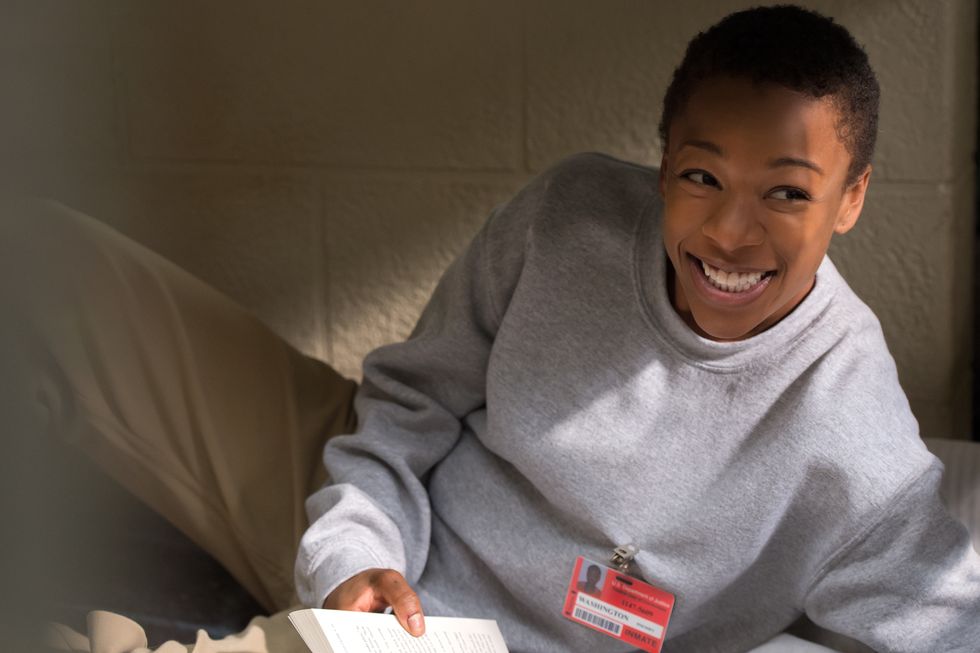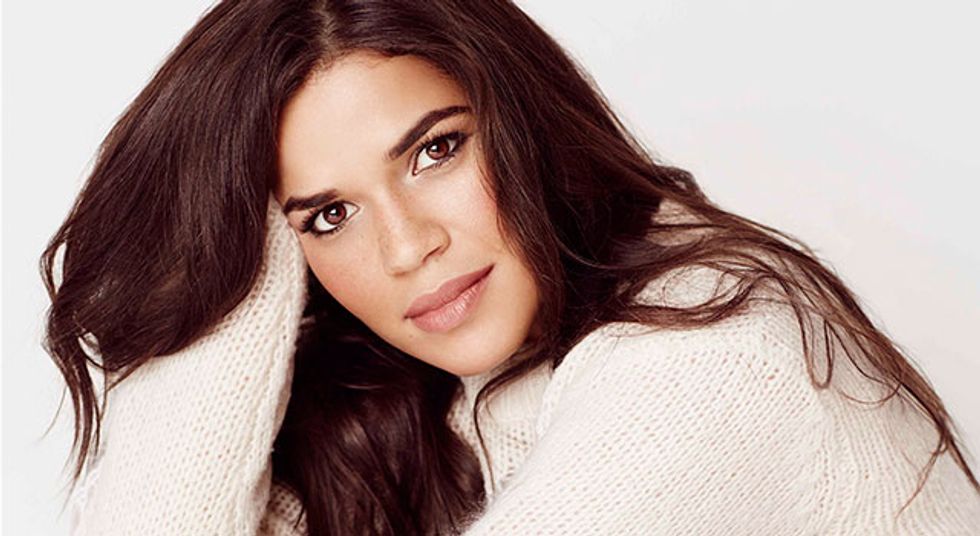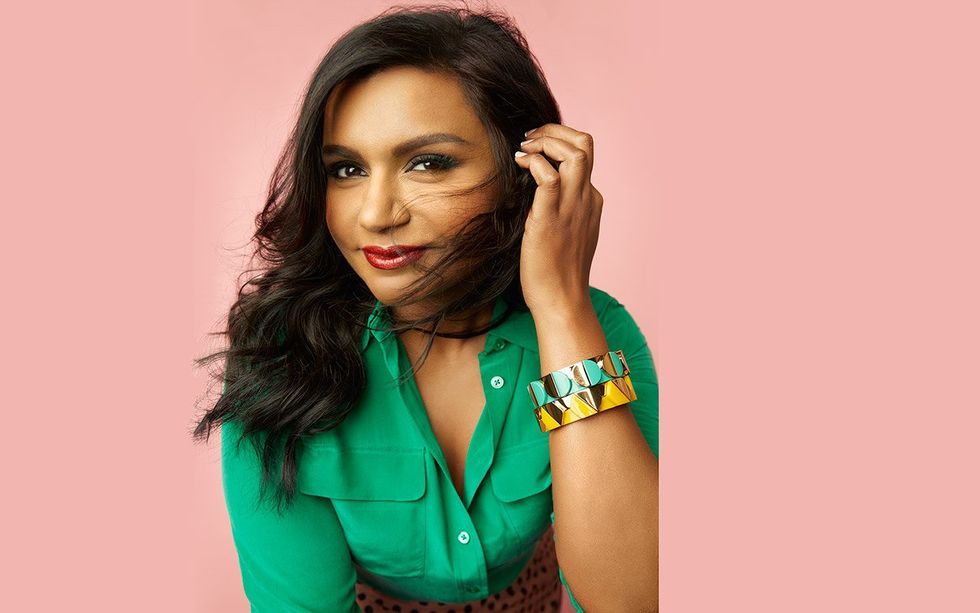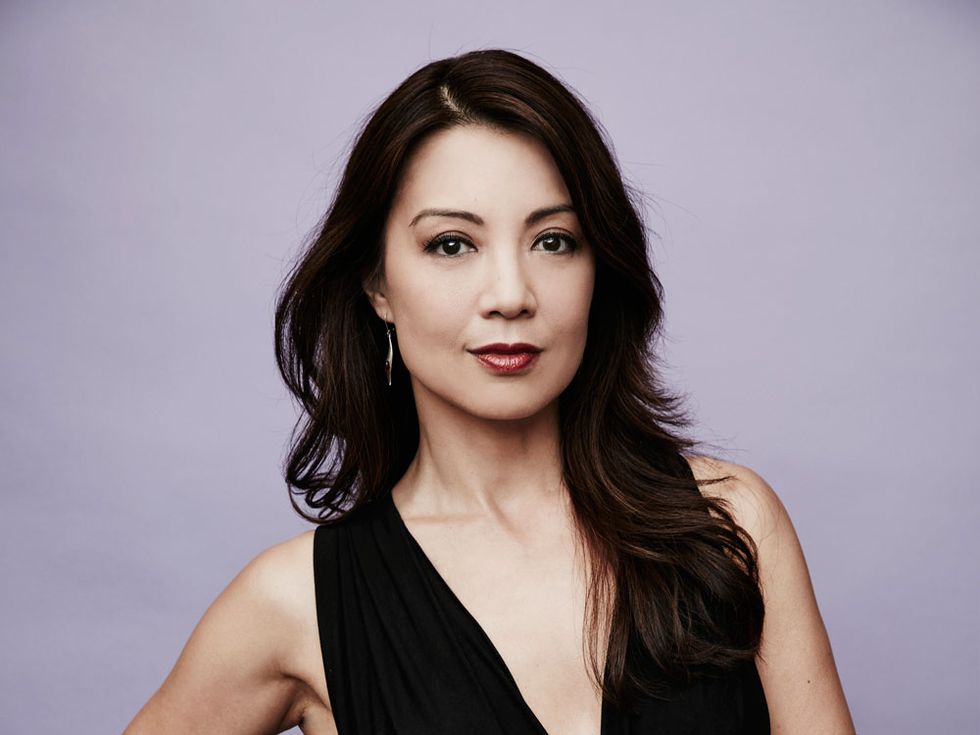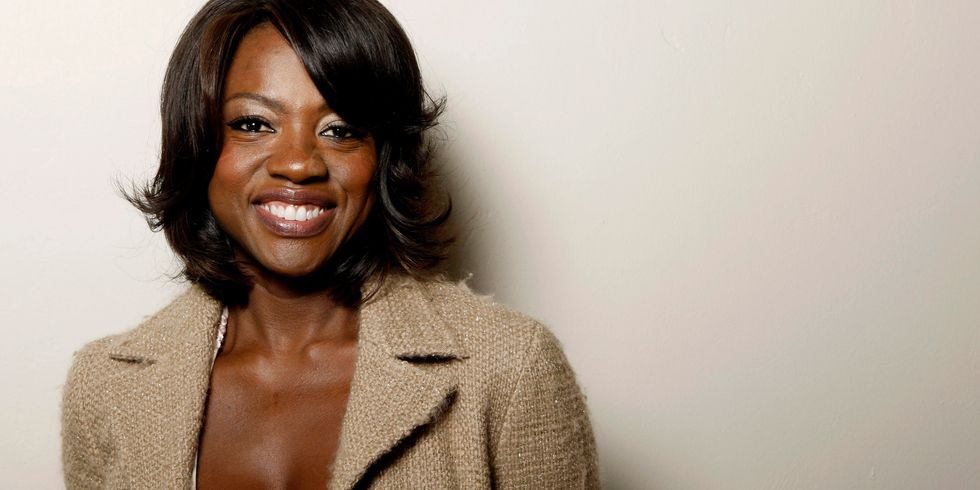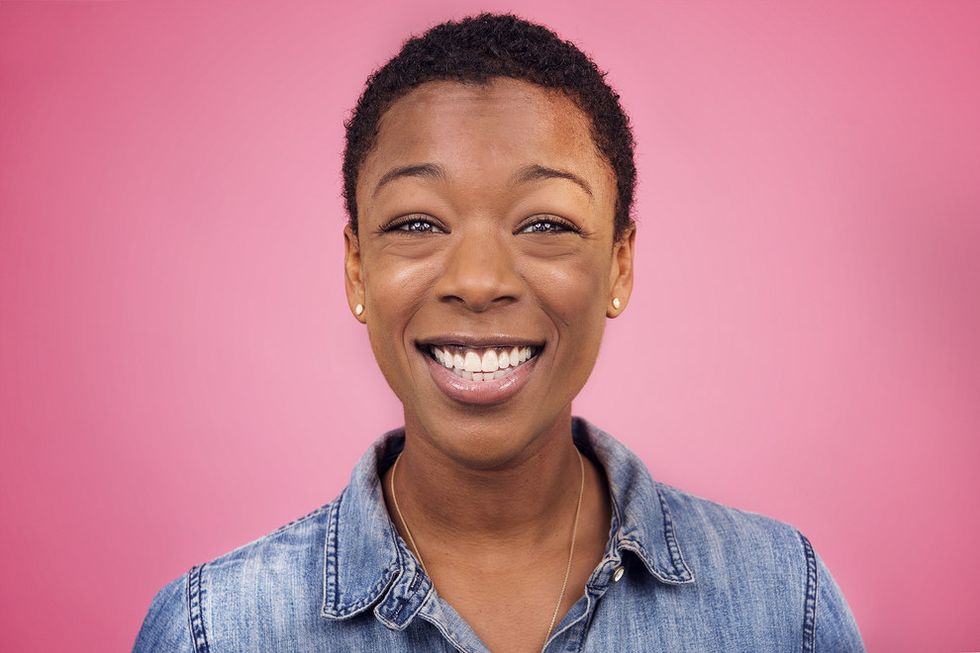Whenever I hear the word 'diversity', I always think of brochures I used to get from universities when I was getting ready to apply to college. Conveniently positioned on the front page of these brochures, I would likely see: 1 Asian-American student laughing and gesturing to his African-American friend. 1 Latina woman reading something from a textbook to her Caucasian peer. 1 Indian student grinning like she's way too happy to be studying for her upcoming finals. It disgusts me to say it but it was like a recipe for diversity. I've seen this same argument applied to media, education, and business. I get the impression that some people think diversity is a kind of checkbox that needs to be filled in - it's like when you hear people say, "Our university is diverse! Look, there's a Muslim woman of color. CHECK." Friends, look up the word 'tokenism' - you might learn a thing or two.
So, what, if anything, does this have to do with women of color in media? A lot. I can't stress enough that just because these wonderful, heroic women are on our television screens does not mean we have achieved racial/ethnic diversity in U.S. media. I've simply written this piece to highlight how far these women have brought us as we continue to seek meaningful, intentional diversity - and how much farther we have to go...
1. America Ferrera
Many of my friends fondly recall the year I got the first season of Ugly Betty on DVD for my 11th birthday. I remember looking down at the cover at the woman whose body looked like my body, whose light brown skin color was just a few shades lighter than mine. I immediately knew I had found the show for me. The show, while wittily poking fun at the fashion industry, also portrays the nuances of everyday life for Latino families. America Ferrera has also played important roles in films like Real Women Have Curves, which highlight the sociopolitical struggles of Latino families in seeking higher education and, more specifically, the pressure on Latina women to lose their curviness.
2. Mindy Kaling
Whenever I write about my heroes, I write about Mindy Kaling. When I watch a TV show where I see relatively darker, chubbier Indian women as central characters, as capable of being loved, as attractive and funny and strong and resilient, I feel an indescribable sense of validation.
3. Ming-Na Wen
If you didn’t know the woman behind the strong, determined voice of Disney’s Mulan, you’ve found her. I first saw Wen in The Joy Luck Club, which, as possibly one of my favorite movies of all time, revolves around the lives of several heroic Chinese women and their daughters who share hopes, dreams, sorrows, and stories games of mahjong.
4. Viola Davis
While I love Viola Davis, I think it is a great shame that dominant media sources in the United States only started really appreciating her once she took up her role in How to Get Away With Murder and later, Fences. Did you know that her performance in Doubt (2008), when Davis’ total screen time was 8 minutes, gained her an Oscar nomination? 8 MINUTES. She was, of course, revered amongst film critics at the time but in everyday media sources, Davis was, arguably, not given her due popularity until she took up the role in HTGAWM. Nonetheless, her voice rings louder and clearer for women of color who are still waiting for their time to shine when, in actuality, their time should be now.
5. Samira Wiley
If you’ve ever heard Wiley speak, on-screen or off, you know the power with which she speaks is extremely moving. She has been a key voice in the LGBTQ community, pushing for standards higher than just tolerance and more towards celebration and acceptance. Such brilliance, such spirit...what a woman.
To women of color in my life, in media, in politics, in male-dominated spaces - thank you for being my heroes.



